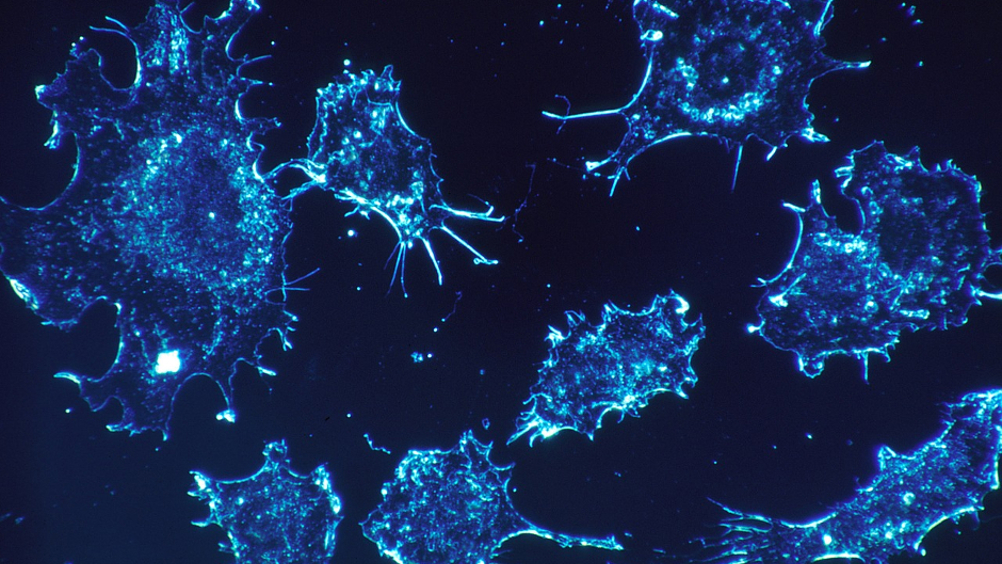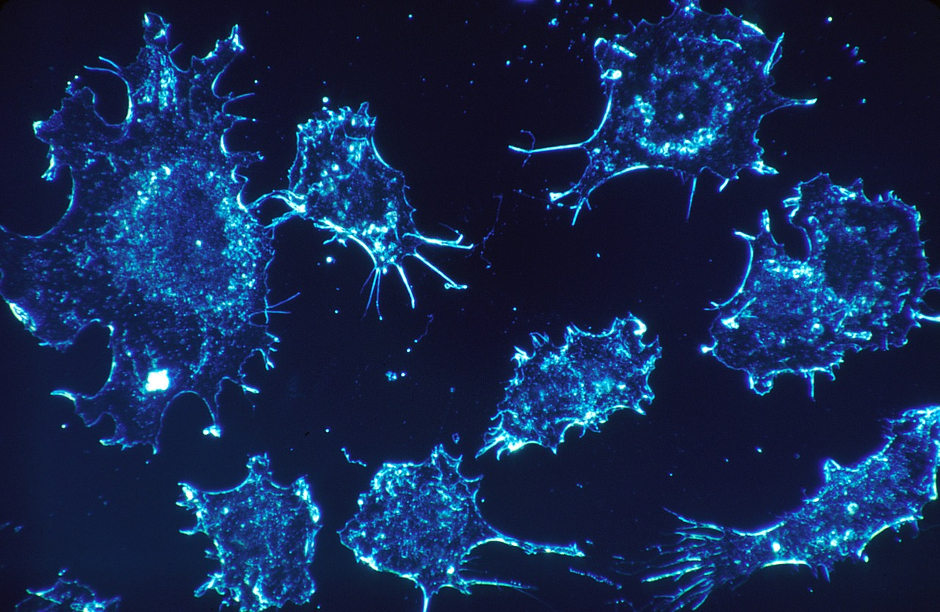Multi-wavelength lasers spot early signs of bladder cancer
European photonics researchers are developing a new endoscope based around multi-wavelength lasers and advanced imaging and optical analyses technologies to scan for the early signs of bladder cancer.


Project AMPLITUDE (Advanced Multimodal Photonics Laser Imaging Tool for Urothelial Diagnosis in Endoscopy) is developing a scanner to provide instant, non-invasive, precise and detailed information to determine what stage and grade that a tumour has reached. The project is coordinated by Tampere University, Finland and includes contributions from Aston University and Edinburgh-based Modus Research and Innovation.
C2I2019: Cancer probe promises more effective surgery
Cancers that form in the bladder are difficult to spot in their early stages and are often missed when using white light. At present, clinicians struggle to create accurate, detailed images inside the bladder because light cannot penetrate deep into the tissue.
Currently, tests for bladder cancer involve urinalysis (a check for blood in the urine), urine cytology (using a microscope to search for cancer cells in urine), or urine tests for tumour markers (a test to see if a patient has chromosome changes that are often seen in bladder cancer cells or higher levels of a protein called NMP22).
Register now to continue reading
Thanks for visiting The Engineer. You’ve now reached your monthly limit of news stories. Register for free to unlock unlimited access to all of our news coverage, as well as premium content including opinion, in-depth features and special reports.
Benefits of registering
-
In-depth insights and coverage of key emerging trends
-
Unrestricted access to special reports throughout the year
-
Daily technology news delivered straight to your inbox










Water Sector Talent Exodus Could Cripple The Sector
Maybe if things are essential for the running of a country and we want to pay a fair price we should be running these utilities on a not for profit...